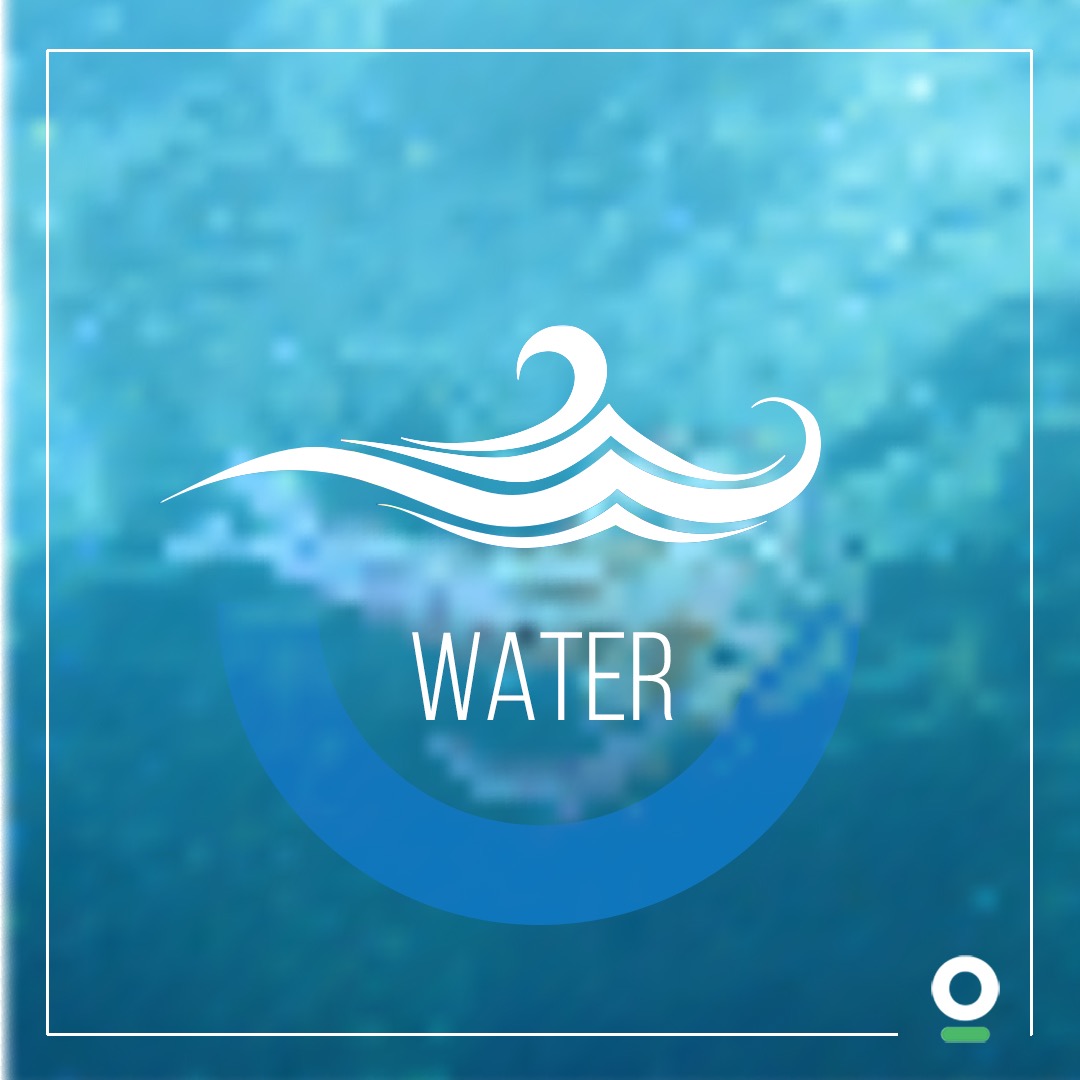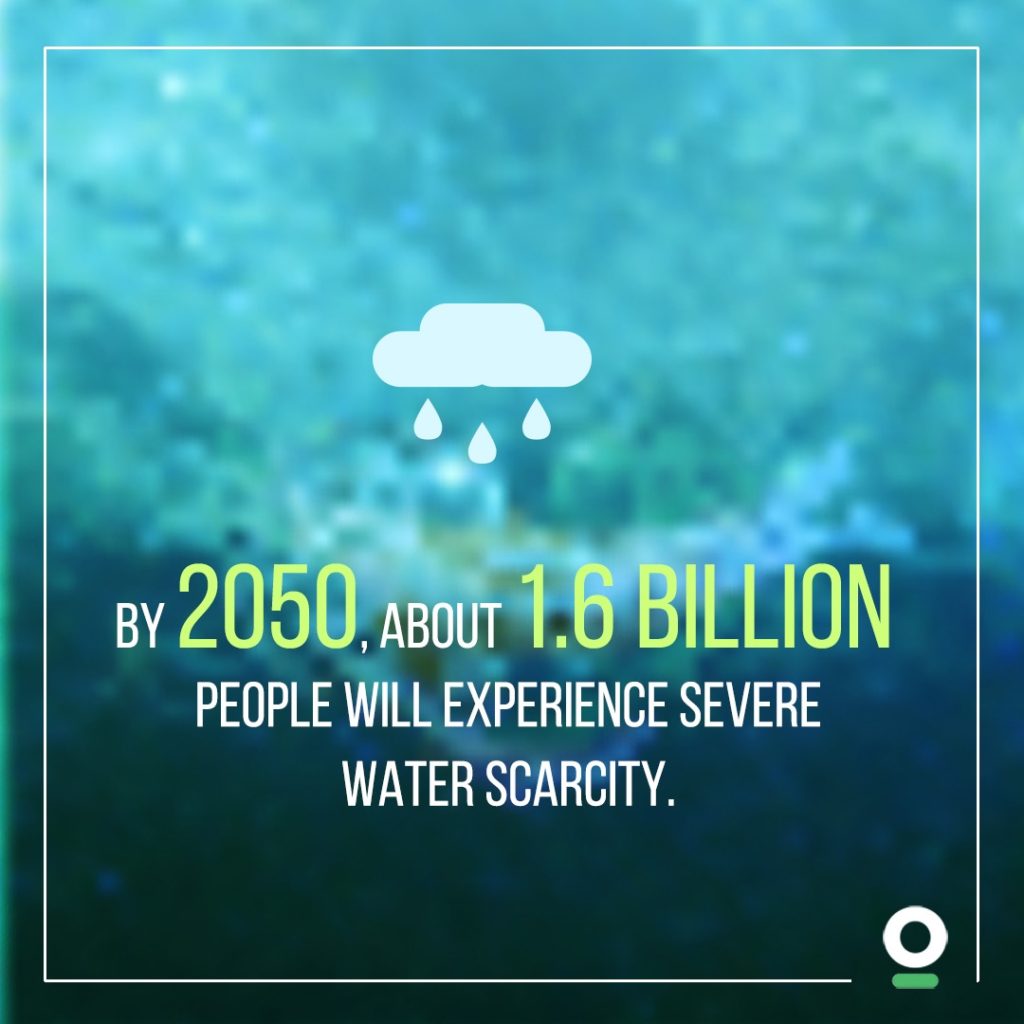
5 Startups addressing the water problems in India
Popping The Water Balloon
Imagine being on a small raft in the middle of the Pacific with no island in sight, surrounded by hungry sharks, the scorching sun, and the unpredictable weather generating untamed currents. Now let’s say you have satirical humor. You would think, well at least I’m not going to die of thirst right? There’s so much water!
Let us stop you right there. That water is not going to help you! The same way that receiving 4000 billion cubic meters (BCM) of rainfall per annum and living in a country that has 4 percent of global water resources still produces acute scarcity for millions of Indian farmers and other vulnerable communities. So why is that the case?

Reality Check
Introducing the delicate scale of demand and supply. India’s supply of water comes from it’s 20 river basins and the tropical monsoons. But let’s remember that our country also houses 18% of the world’s population. Its demand for fresh water is inordinately high and the utilization is inefficient. We have the agricultural sector which alone consumes about 80 percent of the water supply! And our water sources simply cannot keep pace with this. The shortage between demand and supply across communities is also created because these sources do not distribute water evenly throughout the country. The river basin available per person can vary from a mere 300 metres to 2000 meters based on geography. This is far from an even distribution and results in severe scarcity in drier regions away from rivers and devoid of rainfall.
Moreover, not all water available can be utilized productively. Rainfall is a boon but when we consider the 1869BCM runoff only roughly 60% of it is available for use every year. This of course is not sufficient.The remaining rainwater that percolates underground can be pumped and 85-90% of rural and urban crowds turn to these channels to meet their needs. Runoff and groundwater combined, out of 4000 BCM of rainfall mentioned earlier, only about 30% (1137 BCM) is available for use for consumption and production purposes.Like the salty water of the ocean, the remaining amount is not in a state which can be consumed. And what is available is being overexploited. There is enormous pressure on our groundwater tables, springs, and aquifers.In fact, 20% of all groundwater blocks are in critical state. We have tipped the scale of demand and supply.
The reality is that India is the largest population (163 million) in the world without access to clean water close to home. With growing industrialization, population, and urbanization, it is estimated that by 2050 about 1.6 billion people will experience severe water scarcity.
With three-fourth of the world made up of water, it seems like there is “Water Water everywhere but not a drop to spare”, unless of course, we can do something about it. The good news is that we can!
The Bright Side
The 21st century India is all set to ride the digital wave. Every drop makes an ocean and we already have some new and promising solutions with the water sector on their radar. Here are some of these change-makers attempting to leverage technology and information to restore some balance in the delicate scale we spoke about earlier.
- Vassar Labs, founded by Laxmi Prasad Putta (2014) leverages the Internet of Things (IoT), Artificial Intelligence (AI), and Machine Learning (ML) to solve the biggest challenge of data availability in the water sector. They bring data from sensors, satellites, and models to provide visibility to all water assets and decision support to better manage our existing water supplies.
- WeGots (2015) IoT based water management digital platform, “Ven-agua” captures and shares real-time data on daily water usage patterns with clients, incentivizing them to save water over time and improve water-use efficiency at the user-level. This unique solution to spread awareness is the brainchild of Vijay Krishna, Mohamed Mohideen, Abilash Haridass, and Sundeep Donthamshetty.
- Advait Kumar and Vibha Tripathi’s “Swajal Water ATM” (2014) is a nine-stage solar purification system, with an IoT-based cloud monitoring platform for maintenance. Their solar-powered system provides clean water in areas where there is a problem of grid electricity supply.
- ECOSTP Technologies (2017) by Dr. E Muralidharan, Simar Kohli, Tharun Kumar, and Praseed KK presents zero power operator sewage treatment plants (SWT). A decentralized, self-sustainable way to treat sewage without chemical and human interventions. Using the principle of biomimicry from bioengineering, ECOSTP uses microorganisms and the ecosystem of a cow’s stomach to treat water.
- Uravu Lab’s aqua panel called “EVA” is solar-powered and it sources drinking water from thin air. That’s right and it gives reliable performance even in the driest of conditions.
These innovative solutions aim to tackle the looming water crisis by harnessing available water, intelligently managing it and alternatively creating some. They provide hope that if we have enough water warriors we can work towards tackling the water doomsday prediction.
Let’s create the right impact together. Join the movement
